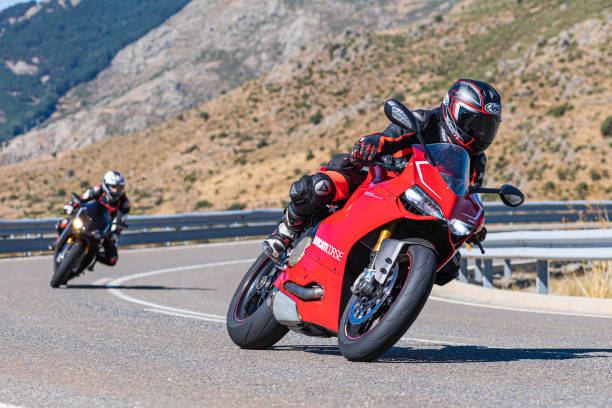
Are you familiar with the JASO MA standard?
Do you know how to choose motorcycle oil? What is the JASO MA standard, and what is MA2? If you don't understand these terms, how can you properly maintain your beloved vehicle? Find out now!
1. What are JASO MA and JASO MA2?
JASO (Japanese Automotive Standards Organization) is the authoritative body in Japan responsible for establishing technical standards in the automotive and motorcycle sectors. Among these, JASO MA and JASO MA2 are specialized friction performance standards for motorcycle wet multi-plate clutches, designed to address compatibility issues between wet clutches and modern lubricants, thereby preventing clutch slippage and failure.
The core of the JASO MA/MA2 standards is to distinguish the applicability of lubricant through friction performance indicators, with primary test items including:
Dynamic Friction Index (DFI): Simulates the dynamic friction force during clutch engagement
Static Friction Index (SFI): Simulates the static clamping force when the clutch is fully engaged
Braking Time Index (STI): Simulates the time required for clutch disengagement

JASO classifies wet clutch lubricants into three grade: MA, MA1, and MA2:
| Grade | Dynamic Friction Index (DFI) | Static Friction Index (SFI) | Braking Time Index (STI) | Application Scenario |
| MA | ≥1.45 | ≥1.15 | <2.50 | Small-displacement wet clutch motorcycles (e.g., <250cc) |
| MA1 | ≥1.45 | ≥1.15 | <0.50 | Small-displacement wet-clutch motorcycles (further subdivided) |
| MA2 | ≥1.80 | ≥1.70 | <0.25 | Large-displacement wet-clutch motorcycles (≥250cc, e.g., liter-class sport bikes) |
2. Why should we pay attention to the JASO MA standard?
To address compatibility issues between wet clutches and modern lubricant
Since 1999, the use of asbestos in motorcycle clutch friction plates has been banned globally (environmental requirements). Clutch plates made from new environmentally friendly materials are more sensitive to lubricant additives. At this point, the molybdenum (Mo)-based friction reducers in automotive engine oils (such as SJ and above grades) can reduce the friction coefficient of the friction plates, causing the wet clutch to slip and fail (interrupting power transmission). The introduction of the JASO MA standard was specifically designed to regulate motorcycle-specific lubricants suitable for wet clutches, preventing safety issues caused by incompatible additive.
Adapting to the performance requirement of different displacement model
The JASO MA standard is not a “one-size-fits-all” solution, but is refined according to displacement and load into MA1 (small displacement <250cc) and MA2 (large displacement ≥250cc) grade:
MA1 is suitable for small displacement motorcycles (such as the Honda GSX 250R) and meets basic anti-slip requirement
MA2 is designed for high-displacement, high-torque models (such as the Honda CBR1000RR-R and Kawasaki Z900), requiring higher DFI (≥1.80) and shorter STI (<0.25s) to address clutch anti-slip requirements in scenarios involving rapid acceleration and high load.
Understanding the grading of MA standard can prevent issues such as using MA2 on small-displacement vehicles (which may result in unnecessary performance excess, though not damaging) or using MA1 on large-displacement vehicles (which may cause clutch overload and slippage).

Compliance with manufacturer requirements to avoid regulatory risk
Almost all wet-clutch motorcycles (such as cruisers and sport bikes) specify in their user manuals the use of JASO MA/MA1/MA2-certified lubricants. Using non-compliant lubricant may result in:
Clutch failure (such as slipping or burning);
Insufficient engine lubrication (e.g., increased wear);
Violation of manufacturer warranty terms (some brands refuse to provide warranty coverage for vehicles using non-specified lubricant).
Therefore, the core reason for focusing on the JASO MA standard is to avoid safety hazards and maintenance costs caused by improper lubricant selection. For wet-clutch models, it is essential to strictly follow the vehicle manual's requirements and select lubricants compliant with the JASO MA/MA1/MA2 standard.




